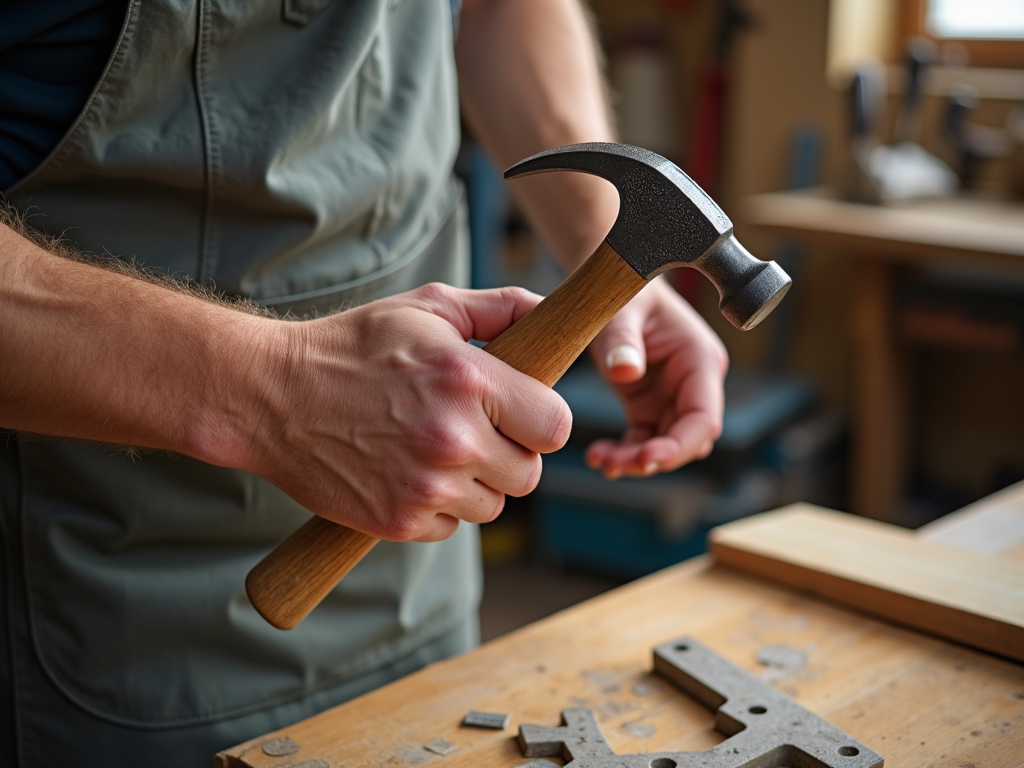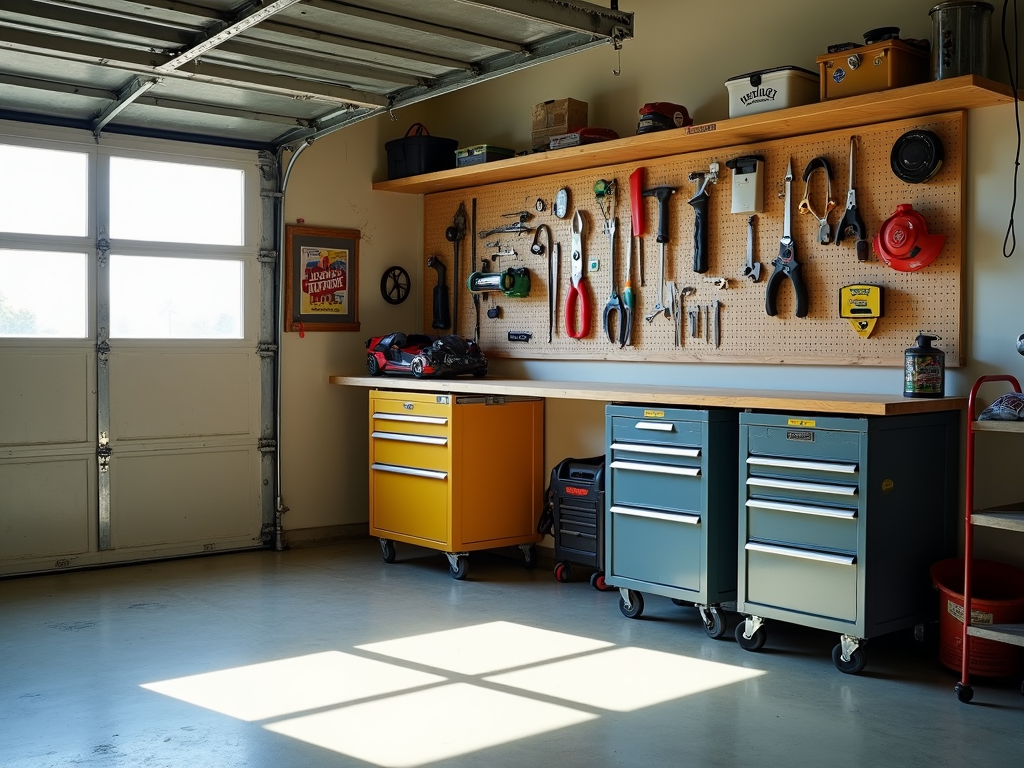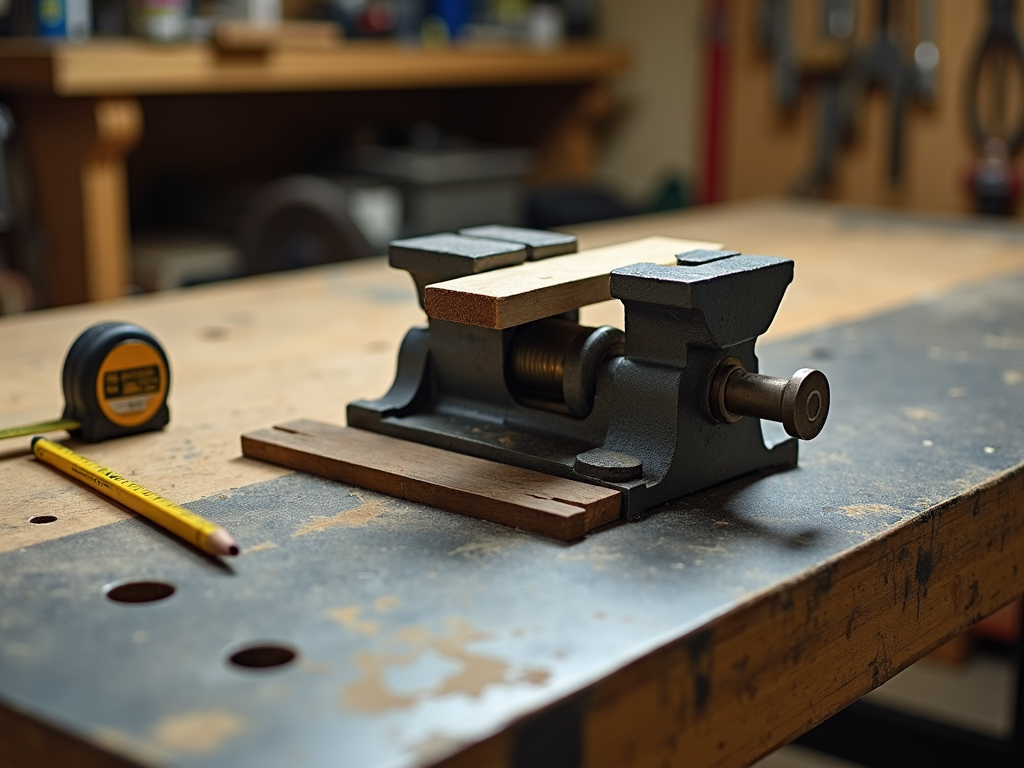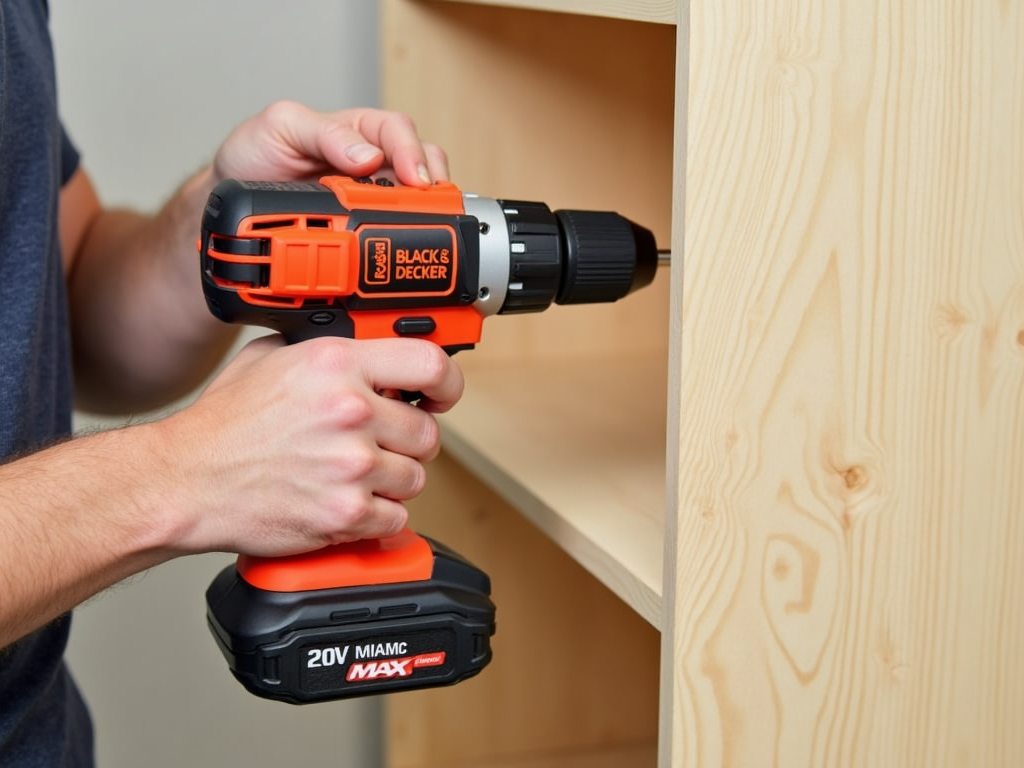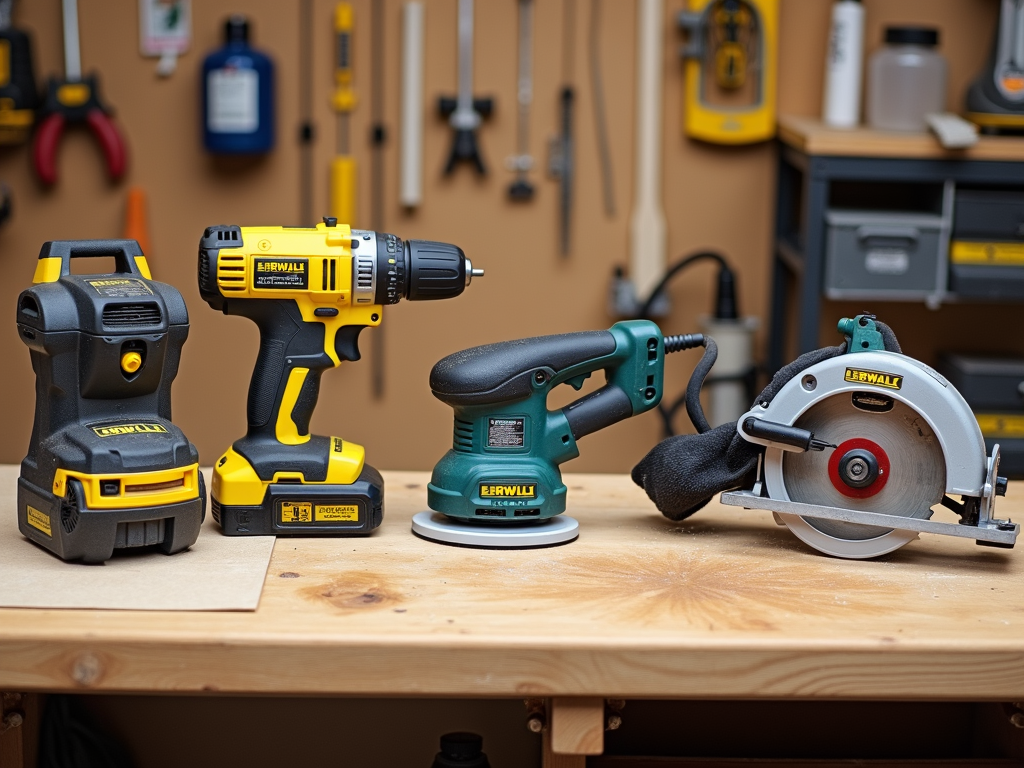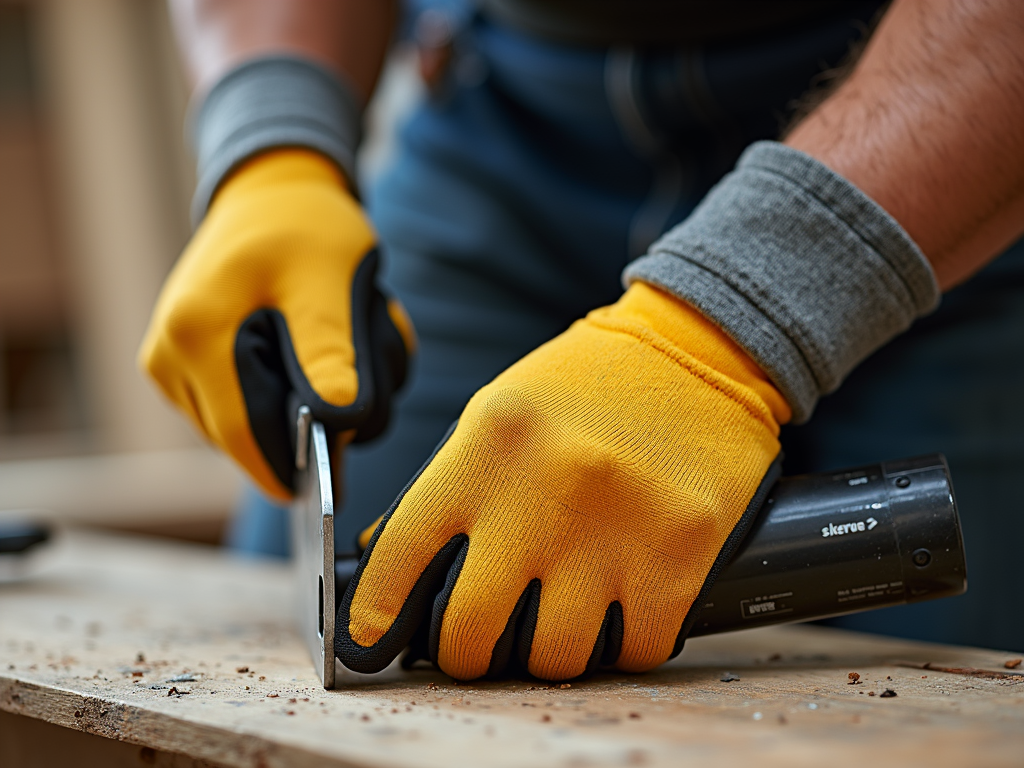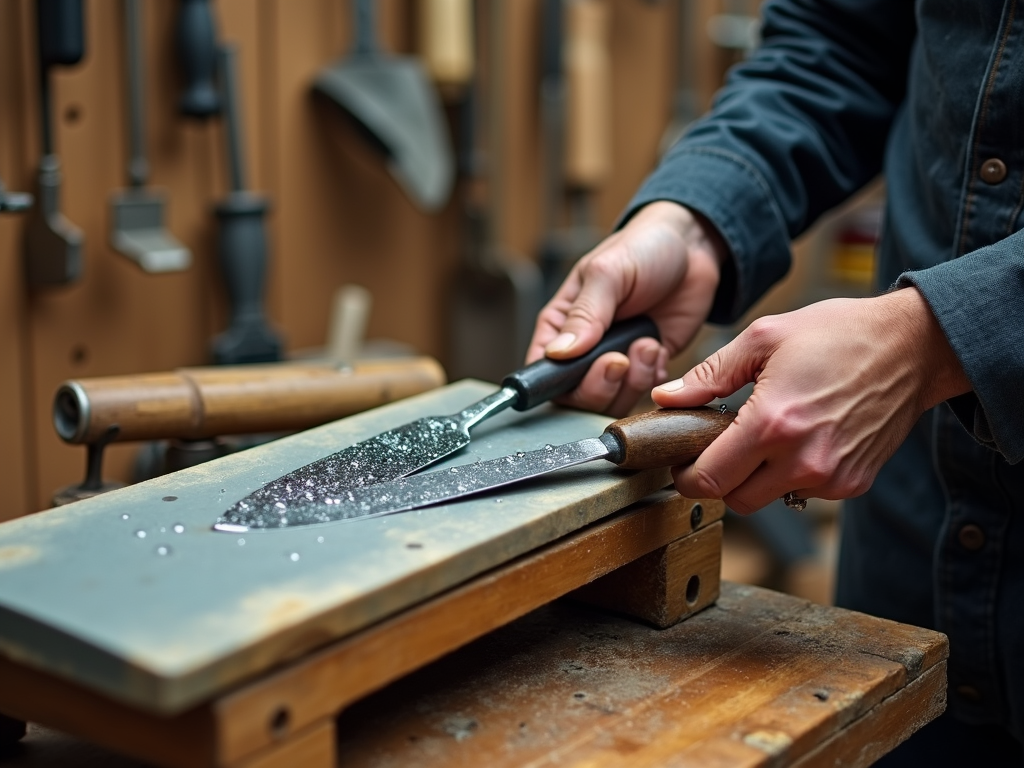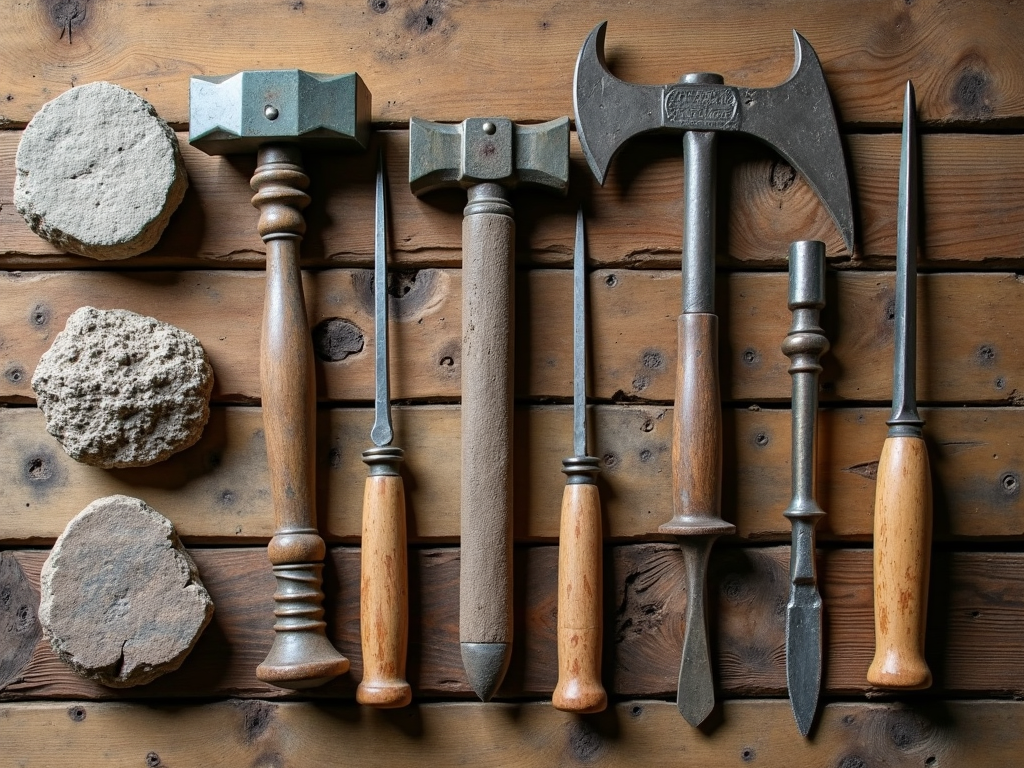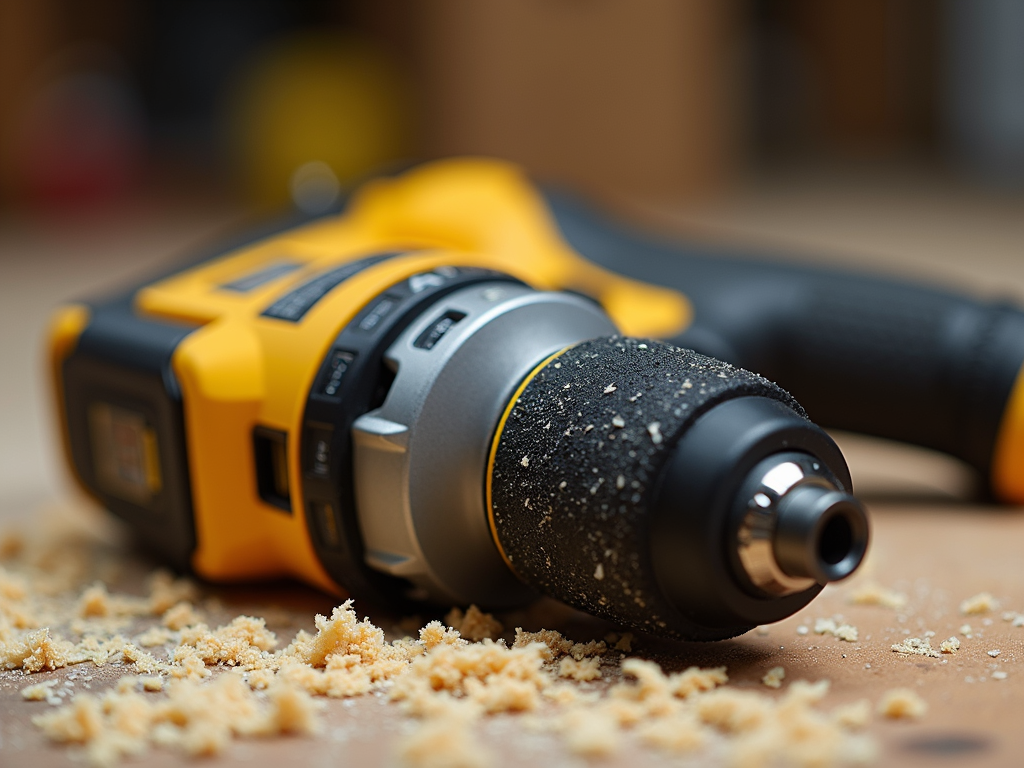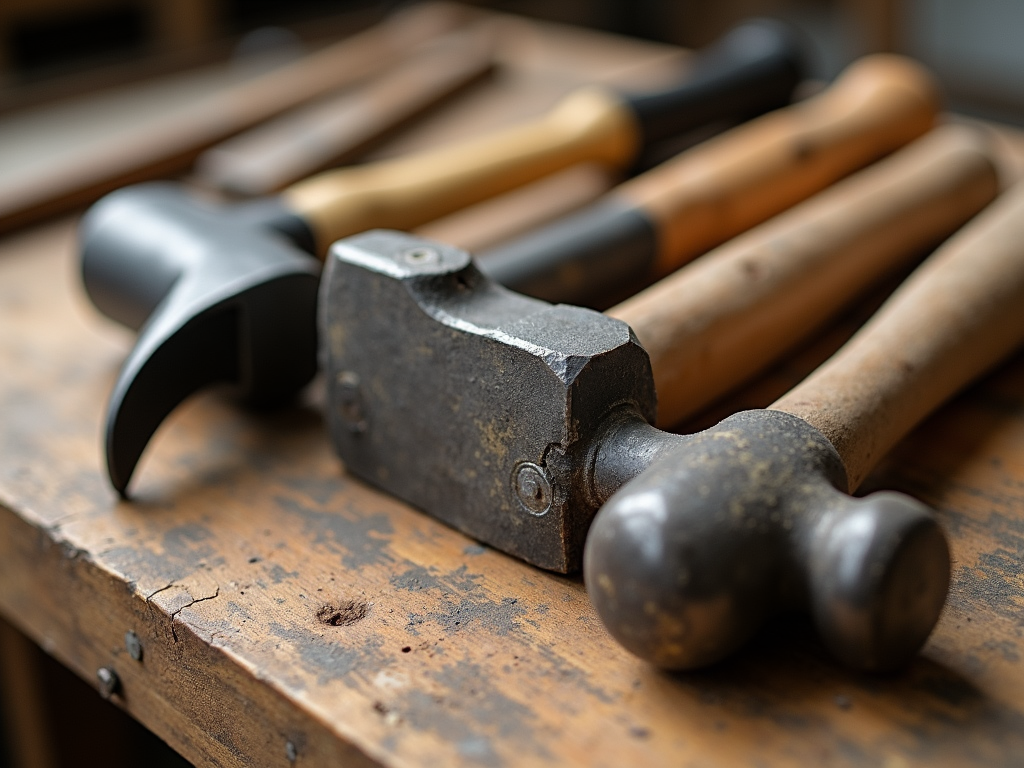Overview
Choosing the right power tools is essential for the success of any project. Whether you're a DIY enthusiast or a professional contractor, having the appropriate tools can make your work easier, faster, and safer. In this article, we'll guide you through the process of selecting the right power tools for your projects, considering factors such as the type of project, the materials involved, and your skill level.
Main Content
When it comes to choosing power tools, there are several factors to consider. First and foremost, you need to think about the type of project you'll be working on. Different projects require different tools, so it's important to have a clear understanding of what you'll be doing.
For example, if you're planning to build a piece of furniture, you'll likely need a drill for making holes and a saw for cutting wood. Drills come in various types, such as cordless drills, hammer drills, and impact drivers, each with its own strengths and uses. Saws also come in different varieties, including circular saws, jigsaws, and reciprocating saws, each suited for specific cutting tasks.
If you're working on a renovation project, you might need a sander for smoothing surfaces and a grinder for shaping materials. Sanders can be orbital sanders, belt sanders, or random orbit sanders, each offering different levels of aggressiveness and precision. Grinders can be angle grinders, die grinders, or bench grinders, each designed for specific grinding and cutting tasks.
Another important factor to consider is the materials you'll be working with. Different materials require different tools and techniques. For instance, if you're working with metal, you'll need tools that are specifically designed for cutting and shaping metal, such as a metal saw or a grinder. If you're working with concrete or masonry, you might need a hammer drill or a rotary hammer for drilling holes.
Your skill level is also an important consideration. If you're a beginner, you might want to start with basic tools that are easy to use and handle. For example, a cordless drill with variable speed and a keyless chuck can be a great starting point. As you gain more experience, you can gradually move on to more advanced tools, such as a table saw or a router.
When evaluating power tools, it's important to consider their quality and performance. Look for tools that are well-built and durable, with features that suit your needs. For example, if you'll be working in tight spaces, you might want a compact and lightweight tool. If you'll be using the tool for extended periods, you might want one with ergonomic handles and vibration reduction features.
Read reviews and ask for recommendations from experienced users to get a better understanding of the tools' performance. You can also visit local hardware stores or tool rental shops to see the tools in person and get hands-on experience.
Personal Insight: I remember a time when I was working on a DIY project and chose the wrong tool for the job. I was trying to cut a piece of wood with a jigsaw, but it was too thick, and the blade kept getting stuck. It was frustrating and time-consuming. Eventually, I realized that I should have used a circular saw instead. This experience taught me the importance of selecting the right tool for the task at hand.
Another lesson I learned was the value of investing in quality tools. I once bought a cheap drill that broke after a few uses, costing me more in the long run. Now, I always opt for reputable brands and read reviews before making a purchase.
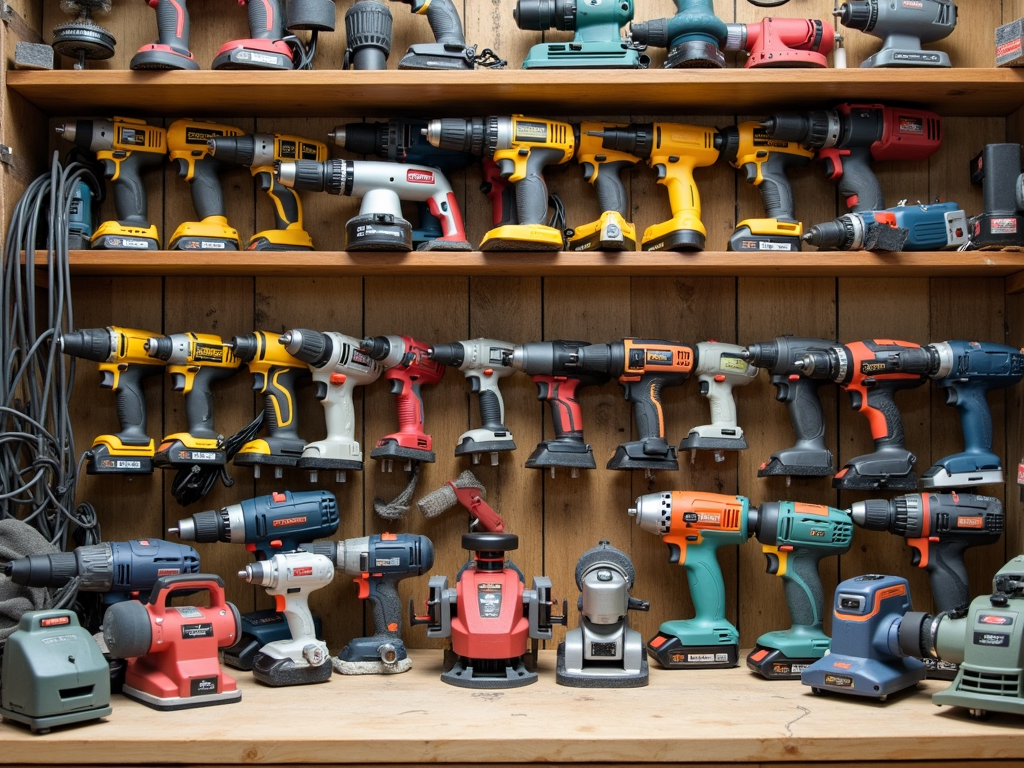
Power tools are not just about functionality; they also play a significant role in ensuring safety and efficiency. For instance, using a power drill with a built-in clutch can prevent overdriving screws, which can damage materials or strip screw heads. Similarly, a saw with a laser guide can help you make precise cuts, reducing the risk of errors and accidents.
When selecting power tools, it's also important to consider the power source. Cordless tools offer greater mobility and convenience, especially for outdoor projects or areas without easy access to power outlets. However, they may have limited battery life and power compared to corded tools. Corded tools, on the other hand, provide consistent power but require a nearby power source and can be less maneuverable due to the cord.
For those who are environmentally conscious, there are also eco-friendly power tools available that use sustainable materials and energy-efficient technologies. These tools can help reduce your carbon footprint while still delivering excellent performance.
Table: Common Power Tools and Their Uses
| Tool Type | Uses |
|---|---|
| Drill | Making holes, driving screws |
| Saw | Cutting wood, metal, or other materials |
| Sander | Smoothing surfaces |
| Grinder | Shaping, grinding, or cutting materials |
| Router | Hollowing out areas in wood or plastic |
| Nailer | Driving nails into materials |
This table provides a quick reference for some of the most common power tools and their primary uses, helping you identify which tools might be necessary for your projects.
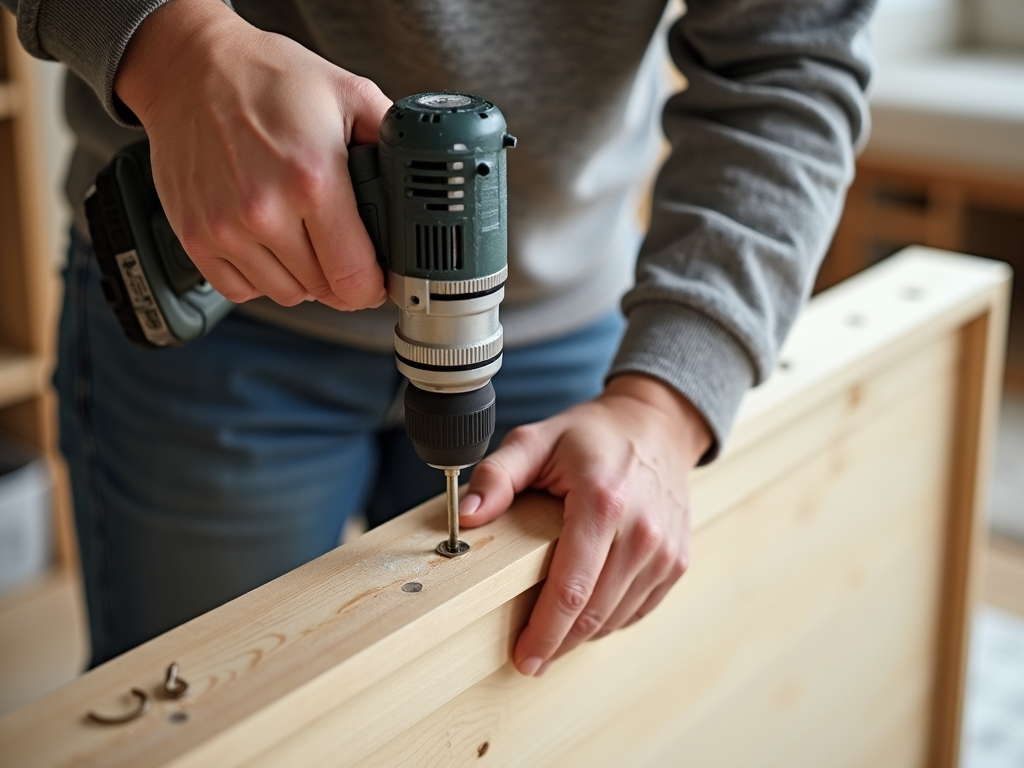
In addition to selecting the right tools, it's crucial to maintain them properly to ensure longevity and optimal performance. Regular cleaning, lubrication, and inspection can prevent wear and tear, reducing the need for repairs or replacements. Always follow the manufacturer's guidelines for maintenance and storage.
Safety should also be a top priority when using power tools. Always wear appropriate protective gear, such as safety glasses, gloves, and ear protection. Ensure that your work area is well-lit and free from clutter, and never operate tools when you're tired or distracted.
List: Safety Tips for Using Power Tools
- Read the user manual before operating any tool.
- Wear appropriate safety gear, including eye and ear protection.
- Keep your work area clean and well-lit.
- Use tools only for their intended purposes.
- Disconnect tools from power sources when not in use.
- Store tools in a dry, secure place.
By following these safety tips, you can minimize the risk of accidents and injuries while using power tools.
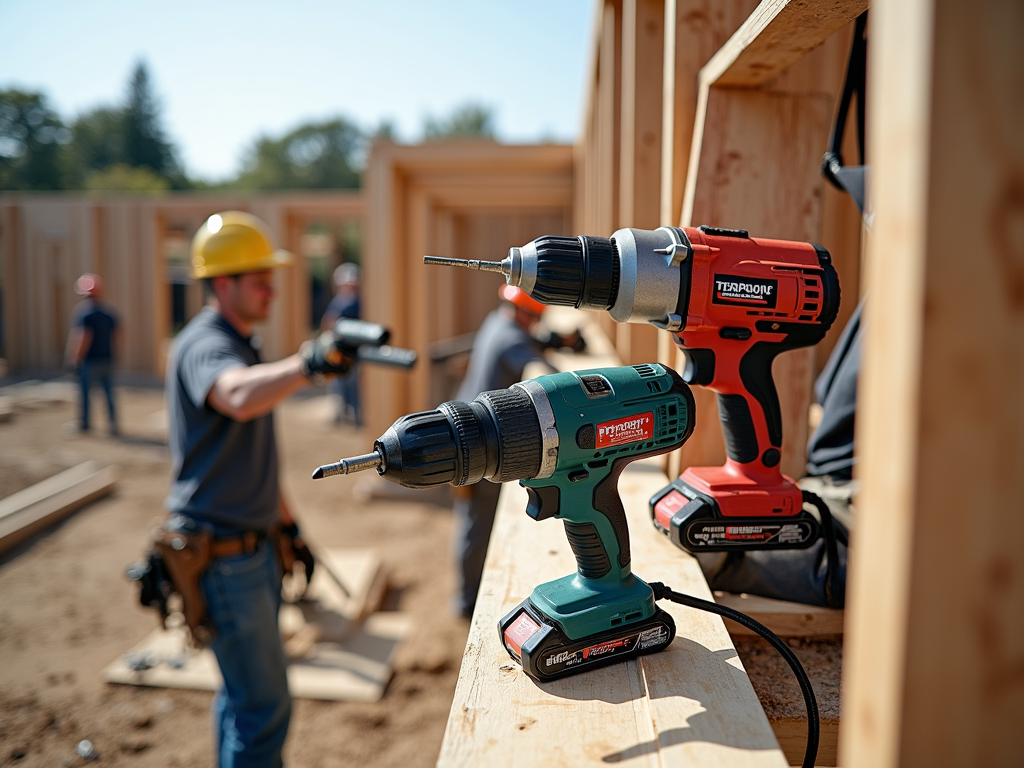
For those who are new to using power tools, it can be helpful to start with smaller projects and gradually work your way up to more complex tasks. This approach allows you to build confidence and skills while minimizing the risk of mistakes. Consider taking a workshop or online course to learn the basics of power tool usage and safety.
Additionally, joining a community of DIY enthusiasts or professionals can provide valuable insights and support. Online forums, social media groups, and local meetups are great places to connect with others who share your interests and can offer advice based on their experiences.
Personal Insight: One of the best decisions I made was to join a local woodworking group. Not only did I learn a lot from more experienced members, but I also made friends who share my passion for DIY projects. The group often organizes workshops and tool-sharing sessions, which have been incredibly helpful in expanding my knowledge and skills.
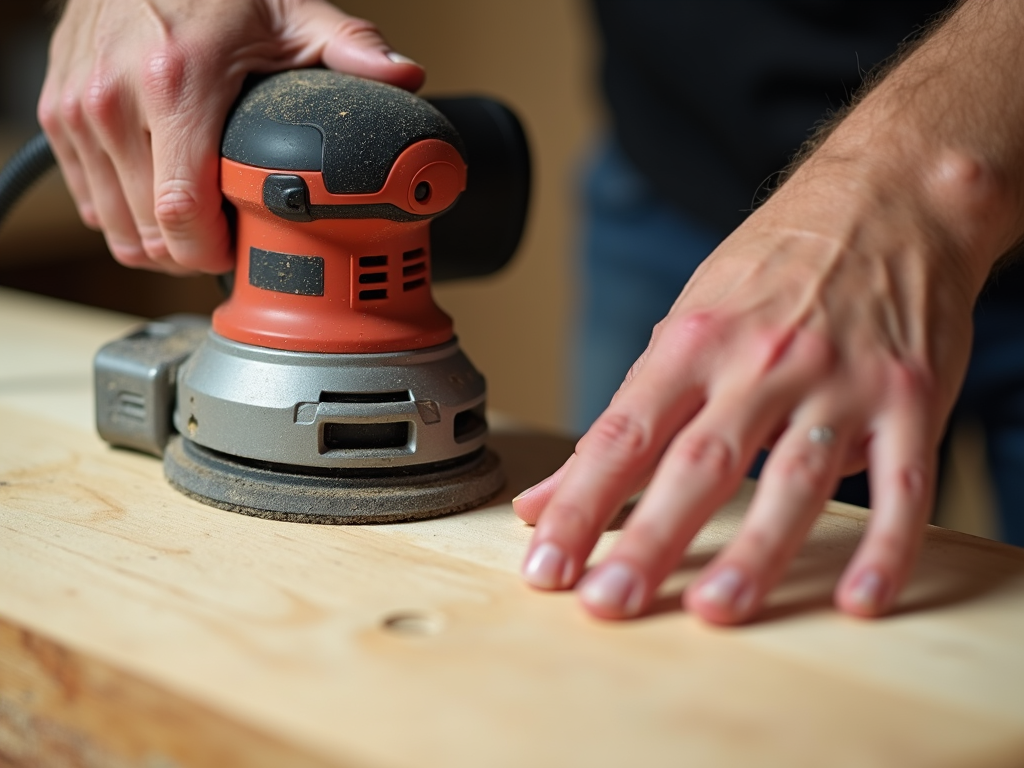
When it comes to purchasing power tools, it's important to consider your budget and the frequency of use. For occasional DIY projects, investing in high-end tools might not be necessary. However, if you plan to use the tools frequently or for professional purposes, it's worth spending more on quality and durability.
Many reputable brands offer a range of tools at different price points, so you can find options that fit your budget without compromising on quality. Look for tools with good warranties and customer support, as these can provide peace of mind and assistance if issues arise.
Image Paragraph 5
Description: A display of various power tools from different brands, highlighting the importance of choosing reputable manufacturers for quality and reliability.
Alt Text: Assorted power tools from different brands
Summary
Choosing the right power tools is crucial for the success of any project. By considering factors such as the type of project, the materials involved, and your skill level, you can select the appropriate tools that will make your work easier and more efficient. Remember to evaluate the quality and performance of the tools and seek advice from experienced users. With the right tools in hand, you'll be well-equipped to tackle any project with confidence.
Related Choosing the Right Power Tools for Your Projects:
- Understanding Hammer Dynamics and Ergonomics: A Comprehensive Guide
- Tool Organization 101: Essential Tips for Painters and DIY Enthusiasts
- How to Maintain Your Workbench: A Comprehensive Guide for Professionals and Hobbyists
- The Impact of Black & Decker on the DIY Movement
- Power Tools for Beginners: A Comprehensive Guide
- Best Tools for DIY Home Painting
- Safety First: A Guide to DIY Safety Gear
- The Ultimate Guide to Tool Sharpening Techniques
- The Evolution of Workman Tools: From Past to Present
- Top Workbench Accessories for Every Craftsman
- Advanced Power Tool Features Explained: Your Ultimate Guide
- How to Use a Hammer Safely: A Comprehensive Guide for Every Workman
